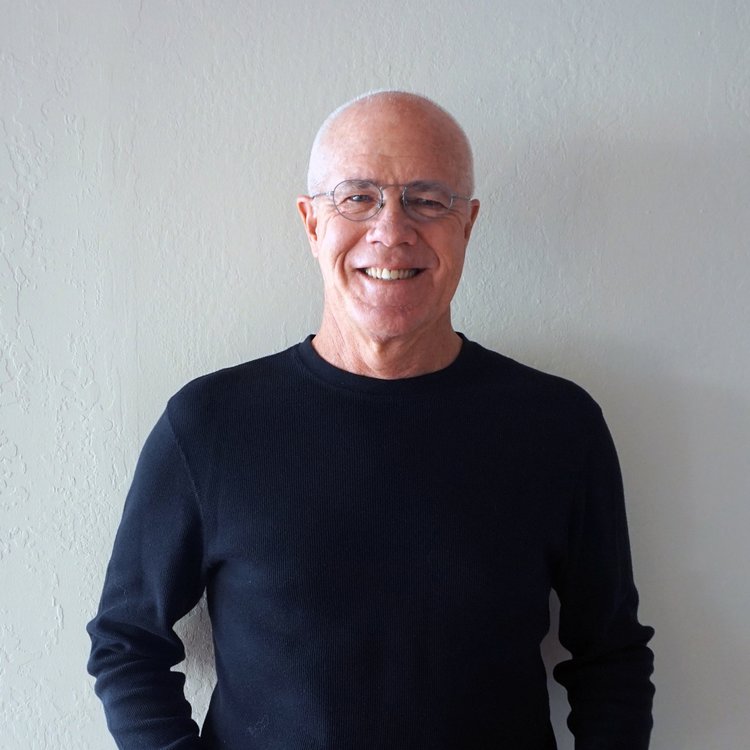First Hit: Glorious masterpiece on this milestone achievement by human beings.
In July of 1969, I was preparing to head off, for the first time, to Vietnam. I was on a short leave after finishing my training at Fort Sill, Oklahoma. Right after the astronauts landed on the moon, walked on it, and returned home, I got on a plane to fight in a war. As stunned as I was to be in a war, I can remember sitting on sandbags looking at the moon and merely wondering in total awe what that must have been like, to be one of those astronauts.
That is what this film does, it emotes the feeling of what it was like. There is no narration of this story, but the sublime editing of archival footage gives the audience the full breadth of the story of Buzz Aldrin, Michael Collins, and flight leader Neil Armstrong’s trip from earth to the moon and back again. Any narration would have only lessened its impact.
The opening scene with the three-hundred-foot-tall Apollo rocket being moved to the launch pad is a shot that ultimately delivers the manifestation of this dream. I was mesmerized by the size of this vehicle and its tracks. Other early shots of the crowds of people aligning Cape Canaveral to witness the launch were fabulous. The editor caught all types of people who were gathered here to see history.
Other early shots of watching the looks on the astronaut’s faces as they suited up — committed to their mission, perfect. The launch room in Florida, command center in Houston, and of course view of both the earth and moon from inside the space capsule, inspiring.
The thousands of people, of which the audience sees just a few hundred, who made this mission possible are not seen, but are equally and powerfully felt while seeing all of the different types of equipment that was built to make this happen.
The readouts of the astronaut’s heartbeats during pre-launch, launch and re-entry, tells the whole story of how well prepared and trained these unique men were.
As the film moves through this fantastic journey, we are treated to the live broadcasts of Walter Cronkite, Johnny Carson, and, VP at the time, Lyndon Johnson. We hear then President Nixon share his congratulatory message, but one of the crowning moments of this film was watching and listening President John F. Kennedy’s 1961 speech where he challenges the US to put a man on the moon and bring him back in this decade. The country did just that.
Todd Douglas Miller created one of the best documentary films of a single event that I’ve ever seen.
Overall: This is a must-see film, and it has to be on the biggest screen you can see it on.
